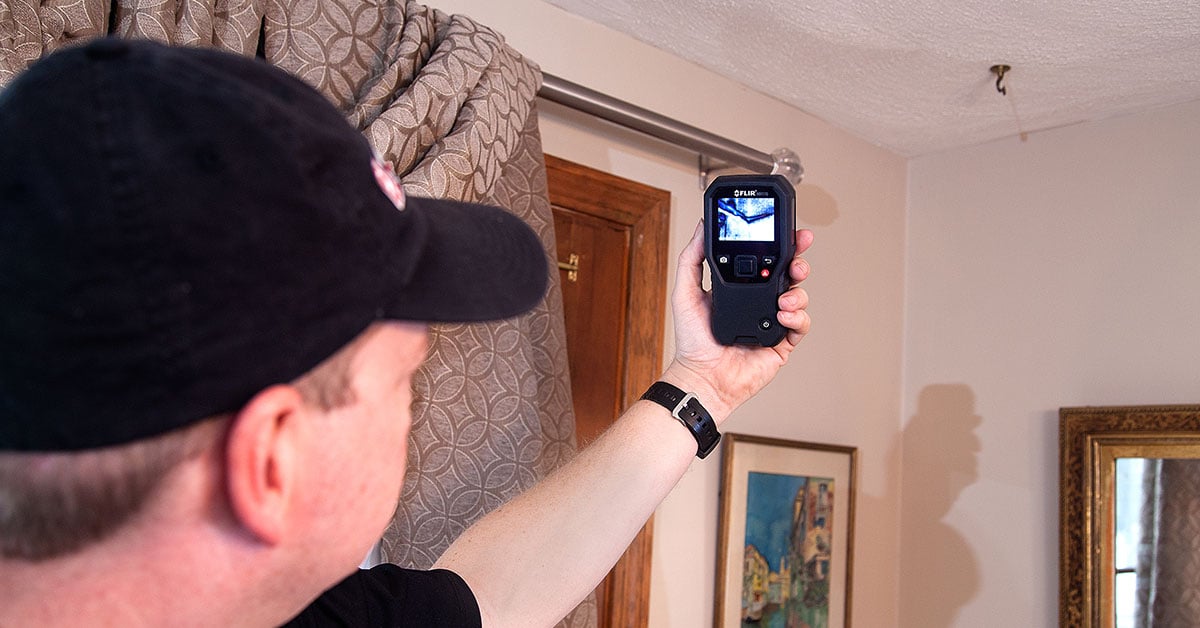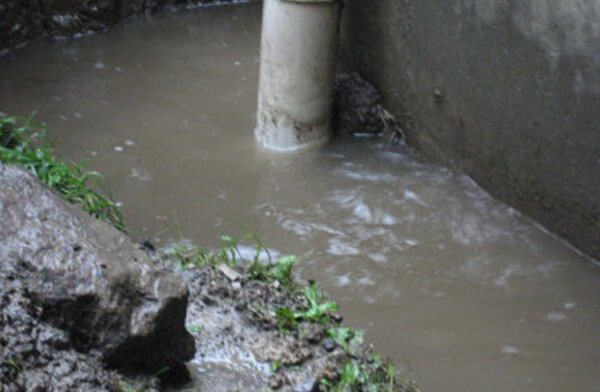Overview To Water Leakage Detection At Home
Overview To Water Leakage Detection At Home
Blog Article
The writer is making a number of great pointers on the subject of Detecting hidden plumbing leaks as a whole in this post underneath.

Early detection of dripping water lines can minimize a possible disaster. Some tiny water leaks may not be visible.
1. Analyze the Water Meter
Every home has a water meter. Inspecting it is a guaranteed way that assists you find leaks. For starters, shut off all the water sources. Make sure nobody will flush, utilize the faucet, shower, run the washing device or dishwasher. From there, go to the meter and watch if it will transform. Given that no person is utilizing it, there need to be no activities. If it relocates, that suggests a fast-moving leak. If you detect no modifications, wait a hr or two and also examine back once again. This implies you may have a slow leak that might also be underground.
2. Inspect Water Usage
If you identify sudden adjustments, in spite of your intake being the exact same, it means that you have leaks in your plumbing system. An abrupt spike in your expense indicates a fast-moving leakage.
Meanwhile, a constant increase on a monthly basis, despite the very same practices, reveals you have a slow leakage that's also gradually intensifying. Call a plumber to completely examine your building, especially if you really feel a cozy area on your floor with piping beneath.
3. Do a Food Coloring Examination
When it concerns water intake, 30% comes from bathrooms. Test to see if they are running appropriately. Decline specks of food color in the storage tank and also wait 10 mins. If the color somehow infiltrates your bowl throughout that time without flushing, there's a leakage between the tank as well as dish.
4. Asses Exterior Lines
Don't fail to remember to check your outside water lines as well. Examination faucets by affixing a yard tube. Should water seep out of the connection, you have a loose rubber gasket. Replace this as well as guarantee all links are tight. If you've got a lawn sprinkler, it will assist get it skillfully took a look at and also kept each year. One little leakage can lose tons of water as well as spike your water bill.
5. Check as well as Evaluate the Situation
Homeowners must make it a practice to check under the sink counters and also also inside cupboards for any bad odor or mold and mildew growth. These two warnings suggest a leak so punctual interest is required. Doing regular examinations, even bi-annually, can save you from a major problem.
Inspect for stainings and deteriorating as most pipes and also home appliances have a life expectations. If you think dripping water lines in your plumbing system, do not wait for it to escalate.
Early detection of dripping water lines can mitigate a prospective catastrophe. Some little water leaks may not be noticeable. Checking it is a guaranteed means that aids you discover leaks. One small leakage can waste lots of water and also increase your water bill.
If you think dripping water lines in your plumbing system, do not wait for it to rise.
WARNING SIGNS OF WATER LEAKAGE BEHIND THE WALL
PERSISTENT MUSTY ODORS
As water slowly drips from a leaky pipe inside the wall, flooring and sheetrock stay damp and develop an odor similar to wet cardboard. It generates a musty smell that can help you find hidden leaks.
MOLD IN UNUSUAL AREAS
Mold usually grows in wet areas like kitchens, baths and laundry rooms. If you spot the stuff on walls or baseboards in other rooms of the house, it’s a good indicator of undetected water leaks.
STAINS THAT GROW
When mold thrives around a leaky pipe, it sometimes takes hold on the inside surface of the affected wall. A growing stain on otherwise clean sheetrock is often your sign of a hidden plumbing problem.
PEELING OR BUBBLING WALLPAPER / PAINT
This clue is easy to miss in rooms that don’t get much use. When you see wallpaper separating along seams or paint bubbling or flaking off the wall, blame sheetrock that stays wet because of an undetected leak.
BUCKLED CEILINGS AND STAINED FLOORS
If ceilings or floors in bathrooms, kitchens or laundry areas develop structural problems, don’t rule out constant damp inside the walls. Wet sheetrock can affect adjacent framing, flooring and ceilings.
https://www.servicemasterbyzaba.com/blog/how-to-detect-water-leakage-in-walls/

I am just very intrigued by Top leak detection hacks and I'm hoping you enjoyed the entire post. Sharing is good. Helping people is fun. Thanks a bunch for your time. Come back soon.
Report this page